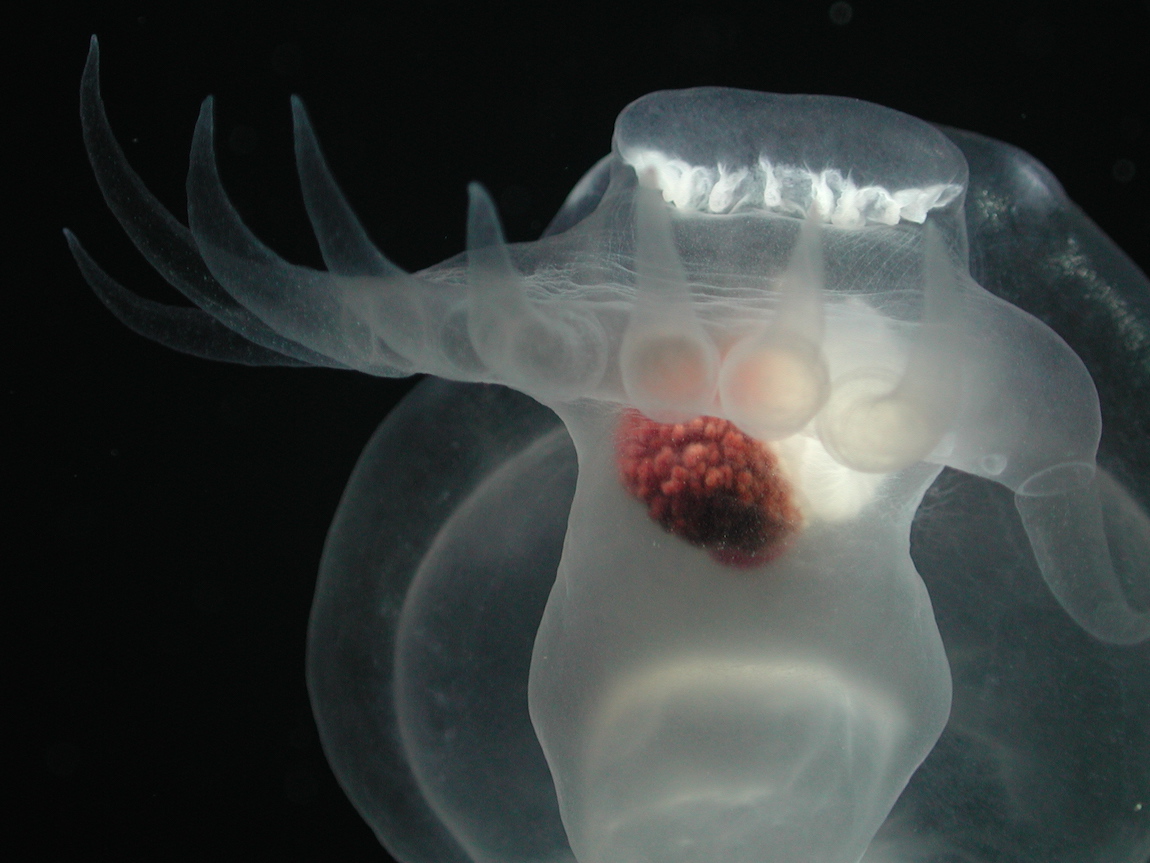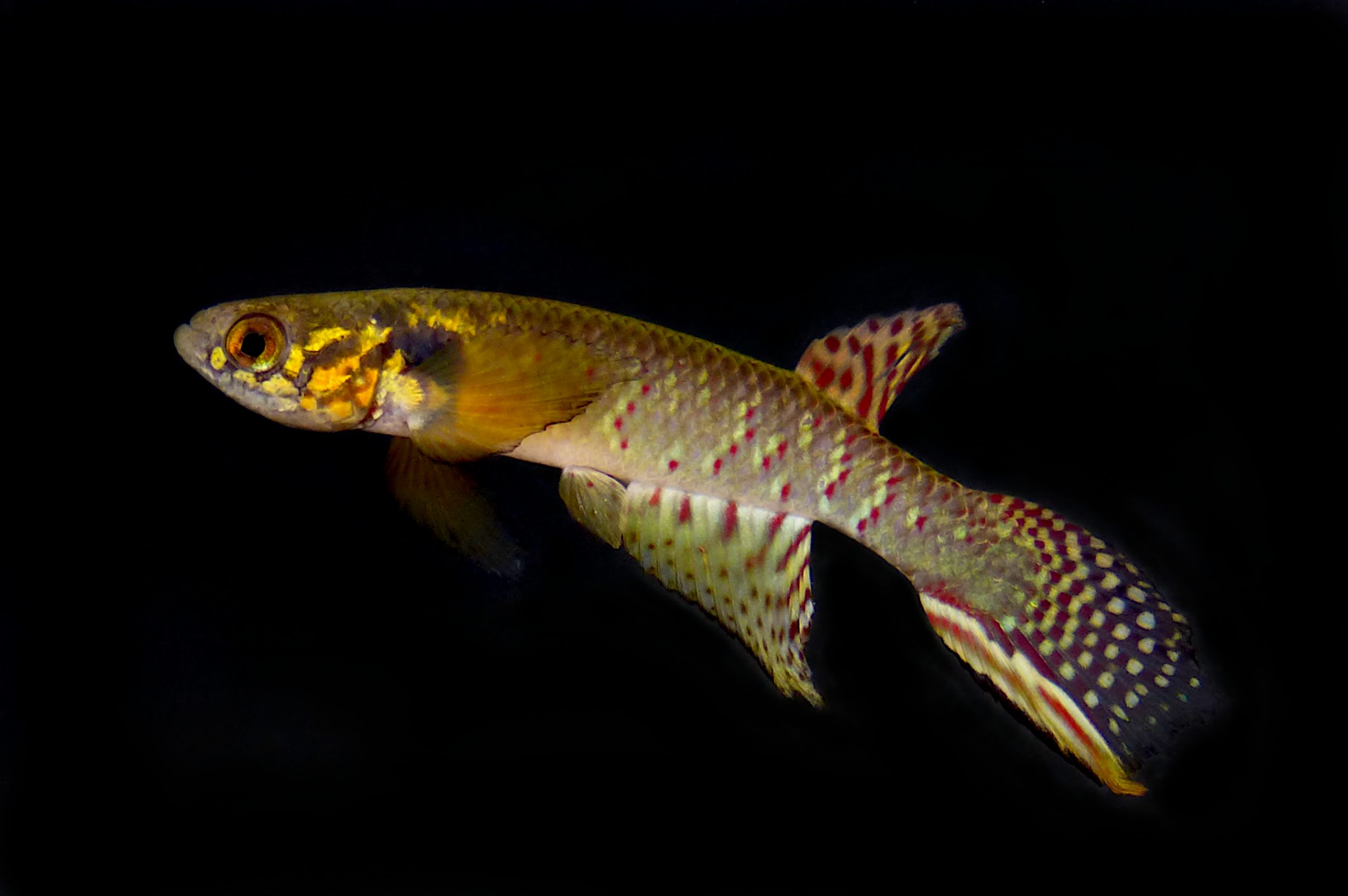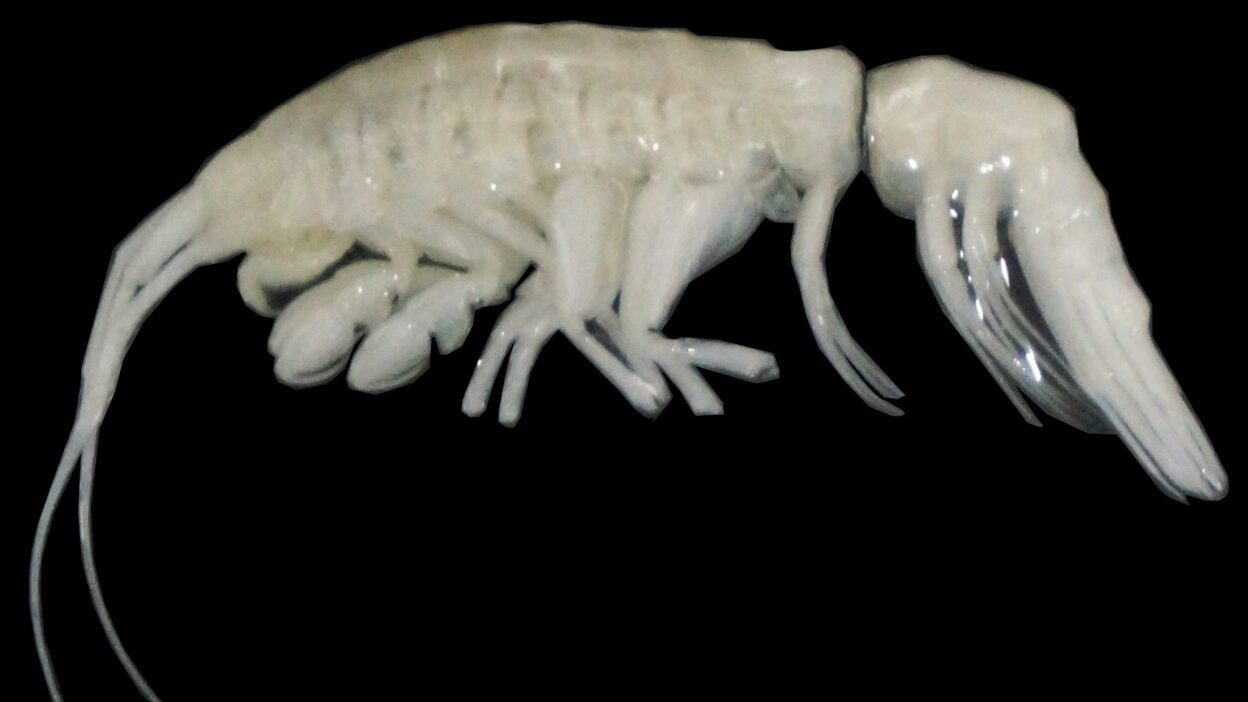Around the World in 80 Casts: Global Aquatic Wildlife Discoveries
By Manus AI | November 18, 2025
Introduction
The vast, blue expanse of our planet’s oceans, lakes, and rivers holds secrets that are only just beginning to be unveiled. Every week, scientists and explorers plunge into the depths, discovering new forms of life that challenge our understanding of the natural world. From the crushing pressures of the hadal zone to the vibrant chaos of a coral reef, the aquatic realm is a treasure trove of bizarre, beautiful, and utterly fascinating creatures. This week is no exception. Join us as we embark on a journey to explore the most unusual and captivating aquatic wildlife discoveries from the past seven days. We’ll encounter a ghostly predator from the abyss, a fish brought back from the brink of extinction, a venomous jewel from the waters of Japan, and a mysterious, glowing sea slug that hunts with a spectral hood. Prepare to be amazed by the latest revelations from the world beneath the waves.

The Mystery Mollusc of the Midnight Zone
In the inky blackness of the Pacific Ocean’s midnight zone, thousands of feet below the surface, scientists from the Monterey Bay Aquarium Research Institute (MBARI) have finally identified a creature that has puzzled them for two decades. After 150 sightings over 20 years, the “mystery mollusc” has been given a name: Bathydevius caudactylus. This is no ordinary sea slug. It is a see-through, bioluminescent hunter that stalks its prey in the perpetual darkness. The discovery, published in the journal Deep-Sea Research Part I, sheds new light on the incredible adaptations of life in the deep sea.
Living at depths between 3,300 and 13,100 feet, Bathydevius caudactylus is a true creature of the abyss. Its transparent body provides the ultimate camouflage in an environment where there is nowhere to hide. But its most remarkable feature is its method of hunting. The sea slug employs a large, flowing hood to trap unsuspecting crustaceans, much like a Venus flytrap ensnares an insect. This ghostly predator is also a master of deception. When threatened, it can detach one of its finger-like appendages, which then glows and floats away, creating a diversion to allow the slug to escape. This incredible ability, combined with its bioluminescence, makes it one of the most fascinating new species discovered in recent years.
Steven Haddock, a senior scientist at MBARI, described the team’s excitement upon witnessing the creature’s glow for the first time: “When we first filmed it glowing with the ROV, everyone in the control room let out a loud ‘Oooooh!’ at the same time. We were all enchanted by the sight.” The discovery of Bathydevius caudactylus is a testament to the vast, unexplored wilderness that lies beneath the waves, and a reminder that there are still countless wonders waiting to be found.

A Second Chance for a Lost Killifish
In a small, temporary pond in a remnant forest patch in Bolivia, a team of researchers has made a discovery that offers a glimmer of hope for conservationists. They have rediscovered Moema claudiae, a species of seasonal killifish that was thought to be possibly extinct. The fish had not been seen in over 20 years, and its original habitat had been destroyed and converted to agricultural land. The rediscovery, published in the open-access journal Nature Conservation, provides a second chance to protect this beautiful and unique fish.
The search for Moema claudiae was led by researchers Heinz Arno Drawert and Thomas Otto Litz, who located the surviving population in a small pond surrounded by farms. This is the first record of the species in more than two decades, and it has allowed scientists to take the first-ever live photographs of the fish, observe its behavior, and study previously unknown aspects of its natural history. The killifish is a stunning creature, with vibrant colors and intricate patterns that make it a true jewel of the aquatic world.
The rediscovery is not just significant for the survival of a single species. The temporary pond where Moema claudiae was found is also home to six other species of seasonal killifish, making it the most genetically diverse assemblage of these fish ever documented worldwide. This incredible biodiversity is a result of the unique ecology of the region, where the Amazon forest meets the Llanos de Moxos savannas. However, this precious habitat is under threat from rapid deforestation and agricultural expansion. The researchers are now calling for urgent action to protect the area, which is now the only known site harboring a wild population of Moema claudiae.

The Venomous Orange Jewel of Sagami Bay
From the deep waters of Sagami Bay, Japan, comes a new species of scorpionfish that is as beautiful as it is deadly. Phenacoscorpius trispinis, also known as the noslit scorpionfish, is a small, venomous fish with a bright orange body and a compact, spiny form built for ambush. The discovery, led by ichthyologist Tatsuya Matsumoto of The Kagoshima University Museum, was published in the journal Ichthyological Research. The single specimen was hauled from a depth of about 525 feet during a routine line catch near Hayama.
The noslit scorpionfish is a master of camouflage, its bright orange coloration appearing muted at depth, allowing it to blend in with the rocky slopes where it lives. Like other bottom-dwellers, it spends much of its time resting motionless, waiting for small crustaceans or fish to pass close enough to be swallowed whole. Its body is covered in stiff, venomous fin spines, which it raises when threatened. The species name, “trispinis,” refers to the three cheek spines on the lacrimal bone, a small bone near the eye that carries part of the cheek armor. This, along with a missing slit behind the last gill arch, distinguishes it from its known relatives.
The discovery of Phenacoscorpius trispinis is a reminder of the incredible diversity of life that can be found in even the most well-studied regions of the ocean. Sagami Bay is a deep inlet on Japan’s east coast that has been the subject of marine research for over a century. And yet, it still holds secrets. The single specimen of the noslit scorpionfish, measuring just 2.5 inches long, is a testament to the fact that there is still much to learn about the creatures that inhabit our planet’s oceans.

A Ghostly Predator from the Hadal Deep
In the Atacama Trench, one of the deepest places on Earth, scientists have discovered a new predator that thrives in the crushing pressure and perpetual darkness of the hadal zone. Dulcibella camanchaca is a ghostly, fast-swimming crustacean that hunts smaller hadal crustaceans with its numerous specialized appendages. The discovery, made by researchers from the Woods Hole Oceanographic Institution and the Instituto Milenio de Oceanografía, was published in the journal Systematics and Biodiversity.
Dwelling at a depth of 26,000 feet, Dulcibella camanchaca is a true creature of the abyss. It is a new species and a new genus, a testament to the unique and isolated nature of the hadal zone. The four-centimeter-long crustacean was captured in baited traps lowered into the trench, and its discovery challenges the notion that the deepest parts of the ocean are barren wastelands. Instead, they are home to a complex ecosystem of predators and prey, all adapted to survive in one of the most extreme environments on Earth.
The name Dulcibella camanchaca is a nod to the creature’s home in the deep, dark ocean. “Camanchaca” means “darkness” in the languages of the peoples from the Andes region. Johanna Weston, a hadal ecologist at the Woods Hole Oceanographic Institution, explained, “This finding underlines the importance of continued deep-ocean exploration, particularly in Chile’s front yard. More discoveries are expected as we continue to study the Atacama Trench.” The discovery of this ghostly predator is a reminder that even in the most remote and inhospitable corners of our planet, life finds a way to thrive.
Conclusion
From the midnight zone to the hadal deep, this week’s discoveries have once again demonstrated the boundless creativity of nature. We have seen a fish return from the dead, a venomous jewel emerge from the depths, a ghostly predator from the abyss, and a mysterious mollusc that hunts with a spectral hood. These discoveries are not just a source of wonder and fascination; they are a call to action. They remind us of the importance of protecting our planet’s aquatic ecosystems, which are home to a vast and largely unexplored world of life. As we continue to explore the depths, we can only imagine what other incredible creatures are waiting to be discovered. The ocean is a place of endless mystery, and we have only just begun to scratch the surface.
